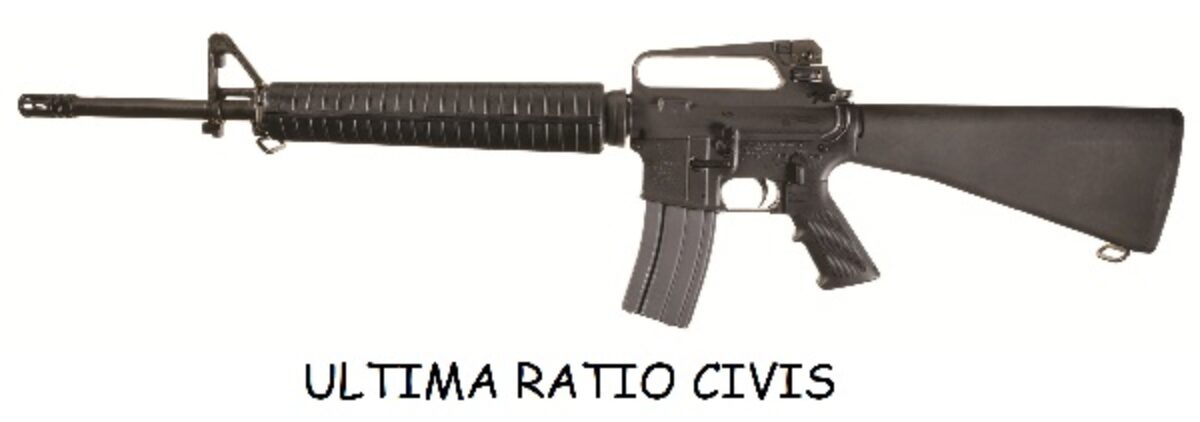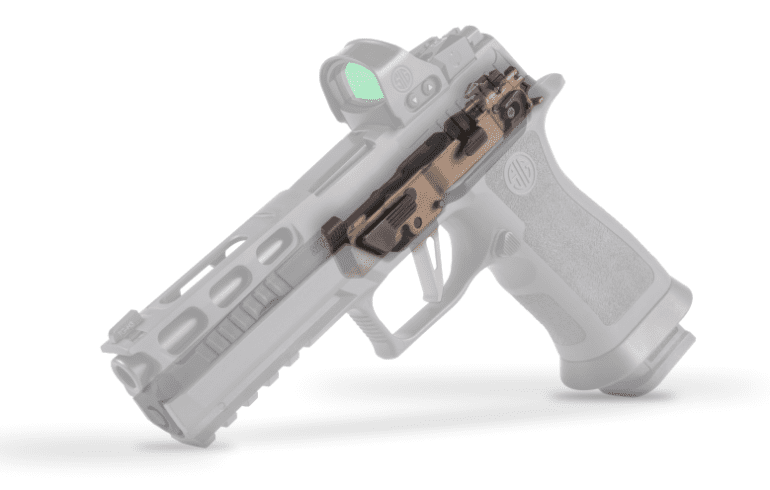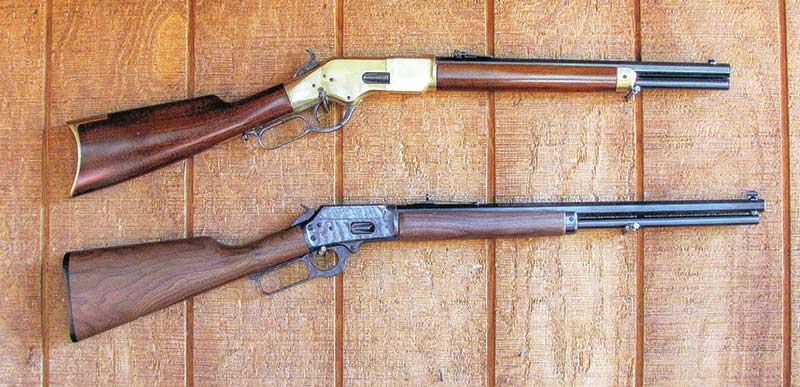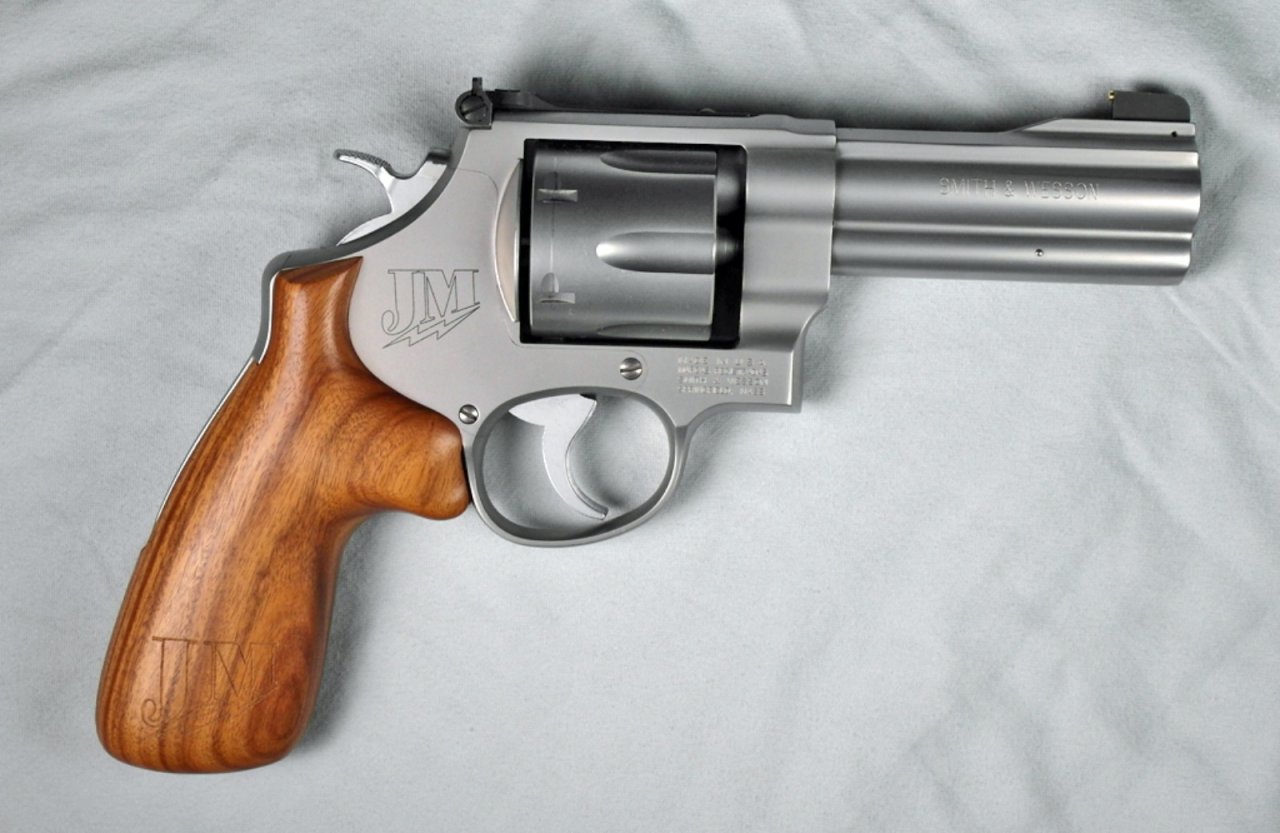The Back-Up Gun: 3 Reasons To Carry One
While perusing various online sources of gun-related news and information, I’ve noticed an old term cropping up that I haven’t seen in a long time: The New York Reload.
This term was brought into circulation by Massad Ayoob many years ago after learning that officers of the NYPD Stakeout Unit of the time, who were armed primarily with double-action revolvers, often moved to a second (or third) wheelgun when the ammunition was exhausted in their primary firearm.
Here are just a few of the arguments in favor of back-up guns for home defense and concealed carry:
1. The first gun goes click instead of bang.
Despite our best efforts to purchase firearms from reputable manufacturers, load them with quality ammunition, and keep them in proper working order, firearms can still fail to operate properly at the most inconvenient times.
2. A primary defensive gun is not accessible.
This is especially true in concealed-carry situations. By the time a defensive situation calls for a handgun to be drawn, the dominant shooting hand might be injured or occupied holding an attacker at bay. It’s also possible for a primary gun to be dropped, knocked away, or you may be in a wrestling match with an assailant to maintain control of your gun.
3. Additional guns can be used to arm other responsible adults.
I can’t help but roll my eyes when watching some silly movie in which a man pulls out a handgun as he goes to investigate a noise in the night leaving his poor, helpless wife all alone with nothing but a good set of vocal chords to defend herself. Those Hollywood writers obviously haven’t met the women I know.










